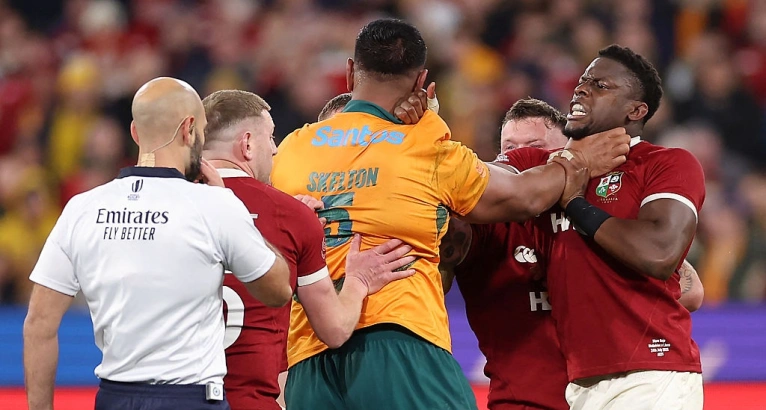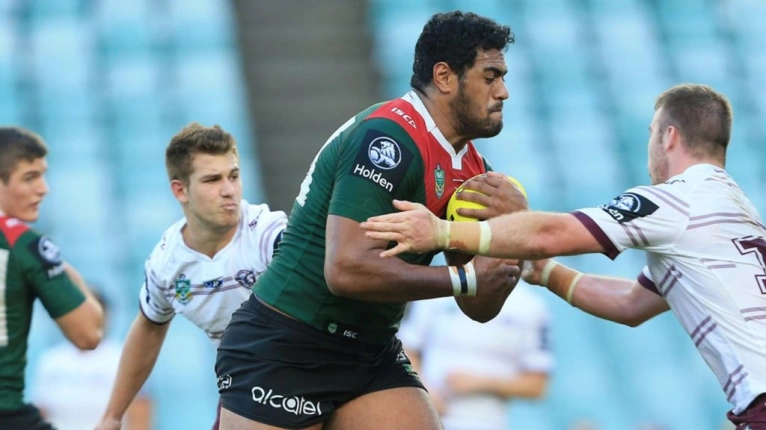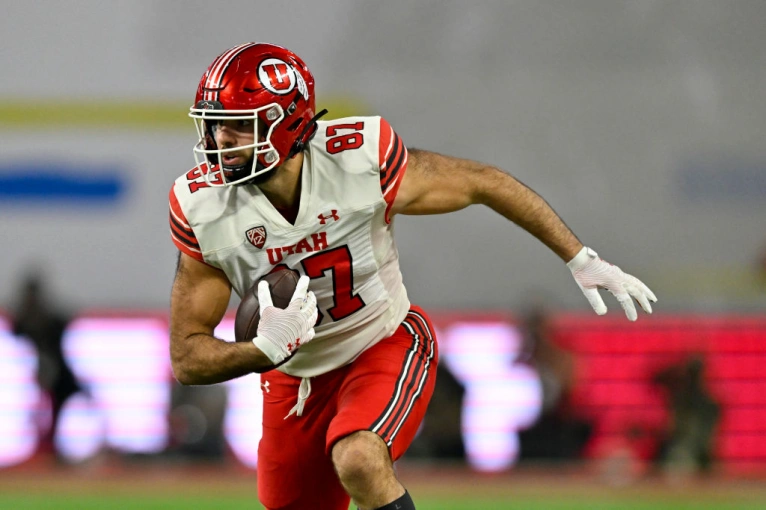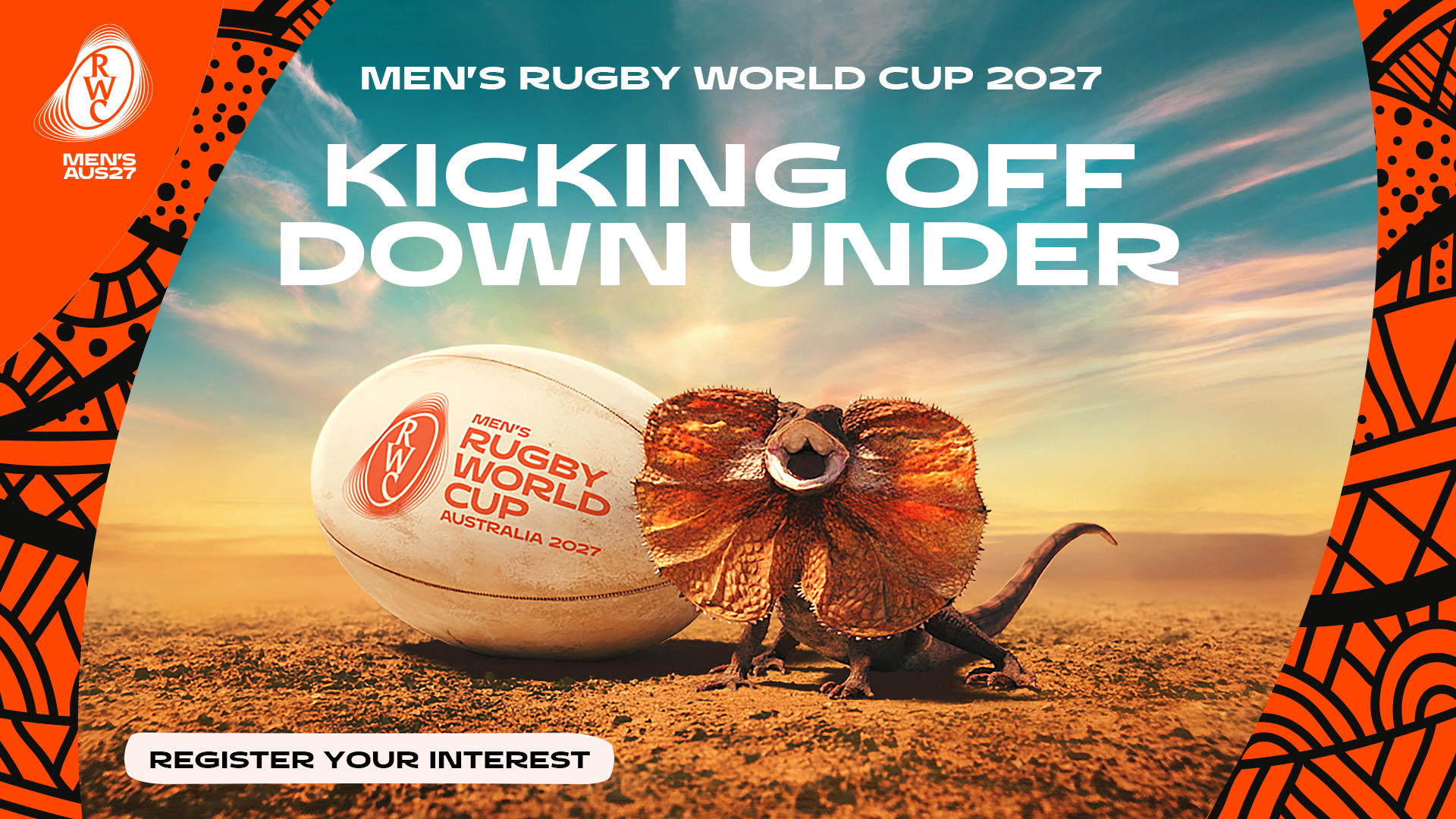The growing exodus of Australasia’s biggest rugby athletes must stop

In modern rugby, size is not a luxury – it’s currency. The biggest games are often decided in the collisions, in those moments when physics takes over and the smaller man simply disappears backwards. You don’t have to look far to see that French rugby, taking a leaf out of the NFL’s playbook, has built entire systems to turn raw mass into match-winning weapons.
Across Australasia – from the suburbs of Sydney to the schools of Rotorua and the islands of the Pacific – the raw material is there in abundance, yet too often those giants drift away to other codes or other rugby countries.
Will Skelton should have been a Wallaby institution. Instead, he had to leave to prove his worth. At 6’8 and 145kg, he was a Super Rugby novelty rather than a national priority.
Europe took that raw mass and turned it into a weapon. Saracens rebuilt him. La Rochelle made him the cornerstone of a Champions Cup dynasty.
When he returned in gold this year for the Lions series, the impact was immediate and unmistakable.
The Lions couldn’t solve him. For the 55-odd minutes or so he was on the field in the second and third Tests, Australia looked like they had an axis of control.
It was a brutal demonstration of what happens when an athlete with that physical profile is properly developed – and of what happens when you let him drift out of your system in the first place.
It would be a reductio ad absurdum to suggest rugby is simply a game of who can field the heaviest side. Yet, it’s also undeniable that when matched with the prerequisite levels of fitness and skill, Skelton-sized athletes can wreak a certain, awesome kind of havoc.

The 33-year-old’s true value is being discovered belatedly in his homeland, but at least it’s a case of better late than never. Increasingly, athletes of his dimensions are being entirely lost to Aussie rugby.
Take the case of Emmanuel Meafou. At 6’8 and 145kg, he was in the Melbourne Rebels’ pathway, moved through Melbourne Rising and Warringah, then disappeared overseas. Now he’s a French international and a dominant lock for Toulouse, doing to others what Skelton did to the Lions.
That kind of profile? French club sides will build teams around. Australian rugby let him walk into someone else’s second row without a second thought.
It’s not just a rugby blind spot. Jordan Mailata, another hulking figure at 6’8 and 166kg, was a rugby league player barely on the NRL’s age-grade radar when the NFL found him. He’s now starting for the Philadelphia Eagles, earning tens of millions.

For rugby union fans, it’s difficult not to marvel at Mailata and wonder what sort of a second-row he would have made [albeit minus 20 kilos]. Could and should rugby have beaten the NFL to the punch on Mailata? The more pertinent question: were they even aware of his existence?
Although widely cited, Mailata’s journey is not unique.
Daniel Faalele also slipped through rugby’s fingers, and he, too, is now forging a successful career in the NFL. Another Melbourne-born giant, he stands 6ft 8 and weighs around 170kg [one of the heaviest players in the league]. He grew up playing rugby union before being picked up in 2017 by American football scouts.
The Baltimore Ravens are now paying him $3.4m in base salary.
Athletes like this are the kind of thing the southern hemisphere rugby should be stockpiling. Instead, it’s exporting it.
Laki Tasi’s story is the latest example. Standing 6’6 with arms over 34 inches long, the colossus was playing club rugby in Queensland barely two years ago, weighing in at 200kg before dropping 30 of them. A family friend steered him towards American football.
Now he’s a defensive lineman signed by the Las Vegas Raiders through the International Player Pathway, with rugby in the rearview mirror.
Another one lost.
Just this week, Thomas Yassmin took former Wallaby centre Jordan Petaia’s IPP place at the Los Angeles Chargers. The 6’5, 115kg former Scots College rugby winger [and one-time Petaia teammate] swapped Sydney for Salt Lake City to play college football with Utah, where he went from complete novice to Rose Bowl touchdown scorer in just a few seasons.

Ironically, he is now competing for Petaia’s NFL place, after the often-injured ex-Wallaby star pulled a hamstring. Two talented rugby union players scrapping for the same spot in a different code.
Admittedly, for every Mailata or Faalele who makes it, there are a dozen others who don’t.
The NFL’s International Player Pathway is a glittering lure, but most who chase it end up on the outer edges of the sport – camp bodies, practice squad names, sometimes nothing more than a footnote on a transaction wire.
High-profile names like Christian Wade and Louis Rees-Zammit made headlines on either side of the Atlantic in recent seasons, but increasingly, it’s lesser-known, big-bodied athletes who are finding out how unforgiving and short-lived detours to American football can be.
Discarded hopefuls like Christian Scotland-Williamson, George Smith, Daniel Adongo, Hayden Smith and Lawrence Okoye all now litter an increasingly long list of outsized athletes that have left rugby only to fade into obscurity in the American code.
The point is not that Australian rugby should be beating the NFL for athletes when it comes to financial clout. It can’t. The point is that the same size, power and athletic profiles that tempt NFL scouts should be automatic red flags for rugby talent ID in the southern hemisphere. If an athlete is 6’6 and 140kg and has the raw athletic talent to go with that frame, he should be on a pathway contract, not waiting for a phone call from Florida.
Instead, Antipodean rugby’s identification systems too often reward early polish over raw, mouldable size. The French leagues are flipping that equation. In the Top 14, especially, a giant with the right attitude is a project worth years of investment.
In Australia, if he isn’t immediately a Super Rugby starter, he risks being shunted aside. That’s how you end up watching Meafou in a French jersey or Skelton celebrating European titles.
Queensland Reds assistant Jon Fisher put it bluntly to the BBC: “There are 50 to 100 guys playing in the AFL and rugby league who if they were brought up in the Northern Hemisphere would be playing rugby union. If rugby league and AFL didn’t exist in this country, I think the Wallabies would be hard pressed to ever lose a game.”
He’s right. The athletic stock is there. What’s missing is the system to regularly capture and develop it.
Australian rugby isn’t the only union missing the bus on giant athletes. One anecdote told to RugbyPass by All Blacks coaching icon Wayne Smith suggests they’re not the only Antipodeans struggling to make room for huge athletes in the code, especially in their formative teen years.
“About a year-and-a-half ago, I was taking the World Cup around. I took it down to my old town. A kid came over from Rotorua with his dad. He was 6’9, 180kg, and he was 13. 180kg. And he wasn’t really fat. I’d never seen anything like it,” said Smith, speaking in 2019. “He was actually too big for rugby – he wasn’t allowed to play. I asked him what he was doing instead and he said boxing! Kids are getting bigger and bigger and I don’t know how the game is going to cope with it.”
It’s not an isolated case. Another towering Rotorua product, Steven Adams, grew up playing rugby before turning to basketball — a decision that has since made the 6’11, 120kg Kiwi one of the wealthiest New Zealand athletes in history as a star in the NBA.
The wealth of physical freaks in Fiji, heretofore largely untapped by non-rugby codes, appears to be on the radar too. This year the NFL’s IPP added its first Fijian rugby athlete, Jeneiro Wakeham to the programme. The 6’10, 143kg plus lock had been on the books at Ealing Trailfinders and Stade Français, but is now giving gridiron a go.
“It was not a hard decision to take up this opportunity,” said Wakeham. “[The] only bit I found hard was leaving rugby.”
The message is clear. If rugby doesn’t make use of its hulks, other sporting codes will swoop.
Skelton’s Lions series was a reminder of what’s possible when that system works – even if the work was mostly done offshore. He wasn’t a luxury. He was the one player the Lions couldn’t nullify. It’s no exaggeration to say his absence in the first Test may have swung the series. The Wallabies should not need to rely on a European-finished product to provide that edge. They should have a production line of them.
But that requires vision. It means investing in big, often unfit, young men who might be raw but who possess unique physical traits that make them a rare and valued commodity in contact sports.
It means protecting them from the lure of other codes by making rugby union’s pathway both viable and appealing.
And it means accepting that in the professional era, size still matters – maybe more than ever. The northern hemisphere knows it. The NFL knows it. Right now, Australia, most keenly but also its neighbouring rugby nations, seem determined to relearn it the hard way.
If the lesson of Skelton, Meafou, Tasi, Faalele and Mailata isn’t absorbed, there will be more names to add to the list, more highlights of giant Antipodeans dominating in other jerseys.
The raw material is there. The question is whether rugby union is prepared to use it, or whether it will keep watching the world cash in on its biggest assets.

To be first in line for Rugby World Cup 2027 Australia tickets, register your interest here


























